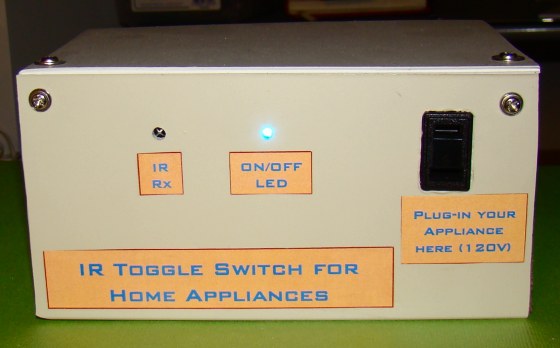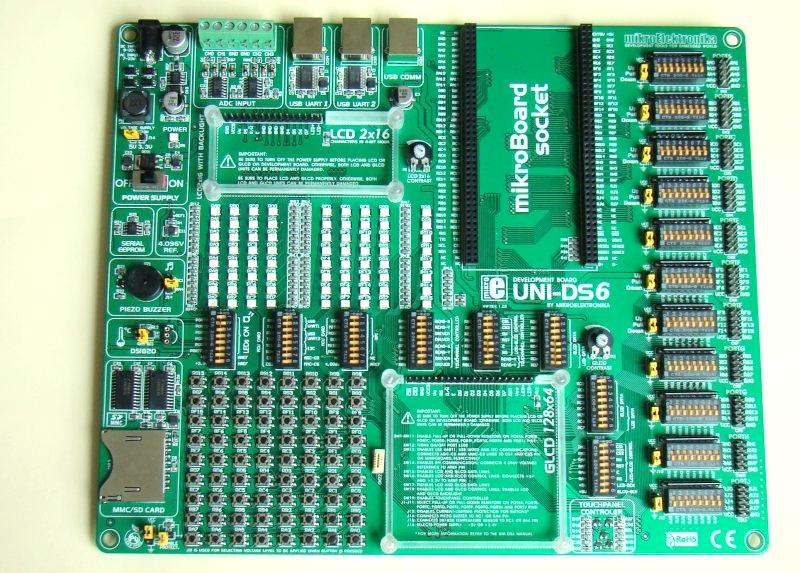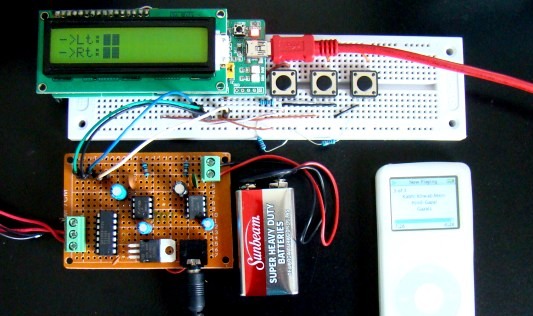A very simple IR remote control switch for an electrical appliance

This project describes a technique of adding the remote control feature to an electrical appliance. The goal is to construct a black box where you can plug-in your 120V AC appliance (it can be easily modified for 220 V mains supply too) and control the ON and OFF operations with a TV or DVD remote that uses modulated infra-red (IR) pulse train of 38 KHz frequency. I did this project for my wife who studies late at night on her bed and later feels tired to stand up and turns the light off. Now she does it from bed with
Read more


